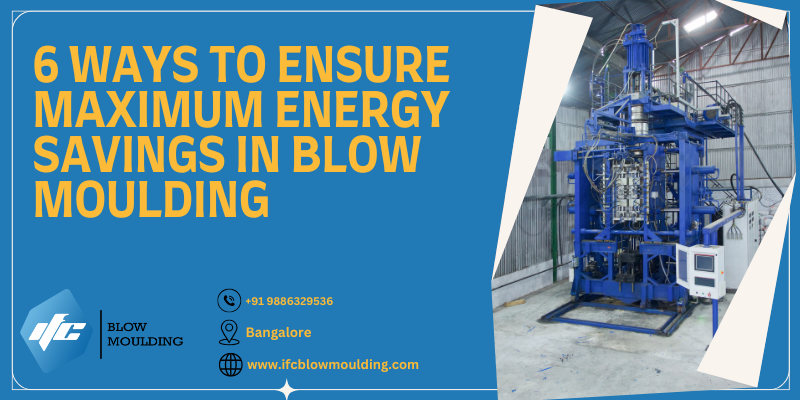6 Ways to Ensure Maximum Energy Savings in Blow Moulding
When it comes to blow moulding, the extruder is the largest consumer of energy—far exceeding the other systems like hydraulics, pneumatics, heating, or cooling. This means the key to maximum energy savings lies in optimizing the extrusion system for energy efficiency. Here are six practical ways to achieve this:
- Optimize Extrusion Screw Design
Use an extrusion screw optimised for superior energy efficiency. A well-designed screw ensures better mixing and processing, leading to lower energy consumption and produces high quality extrudate. - Choose High-Efficiency Motors
Opt for extruder motors with the highest efficiency ratings, such as IE3 or IE4. These motors consume less power while delivering consistent performance. - Incorporate a Variable Frequency Drive (VFD)
For extruders with input power greater than 30 kW, a VFD is essential. It allows for precise control of motor speed, significantly reducing energy usage. - Switch to Ceramic Heaters with Thermal Insulation
Avoid mica heaters. Instead, use ceramic heaters equipped with thermal insulation. These heaters are more energy-efficient, minimizing heat loss and power consumption. - Avoid Pulley and Belt Drive
Minimize the use of pulley and belt drives wherever possible. These systems waste approximately 5% of input energy, reducing overall efficiency. - Consider Direct Drive with Servo Motors
Where possible, opt for a direct drive system (eliminating the need for a speed reducer) paired with a servo motor and servo drive. This configuration ensures optimal power usage, provided an adequate capacity servo motor is available.
By implementing these six strategies, you can achieve significant energy savings in blow moulding operations, lowering costs and improving overall efficiency.

